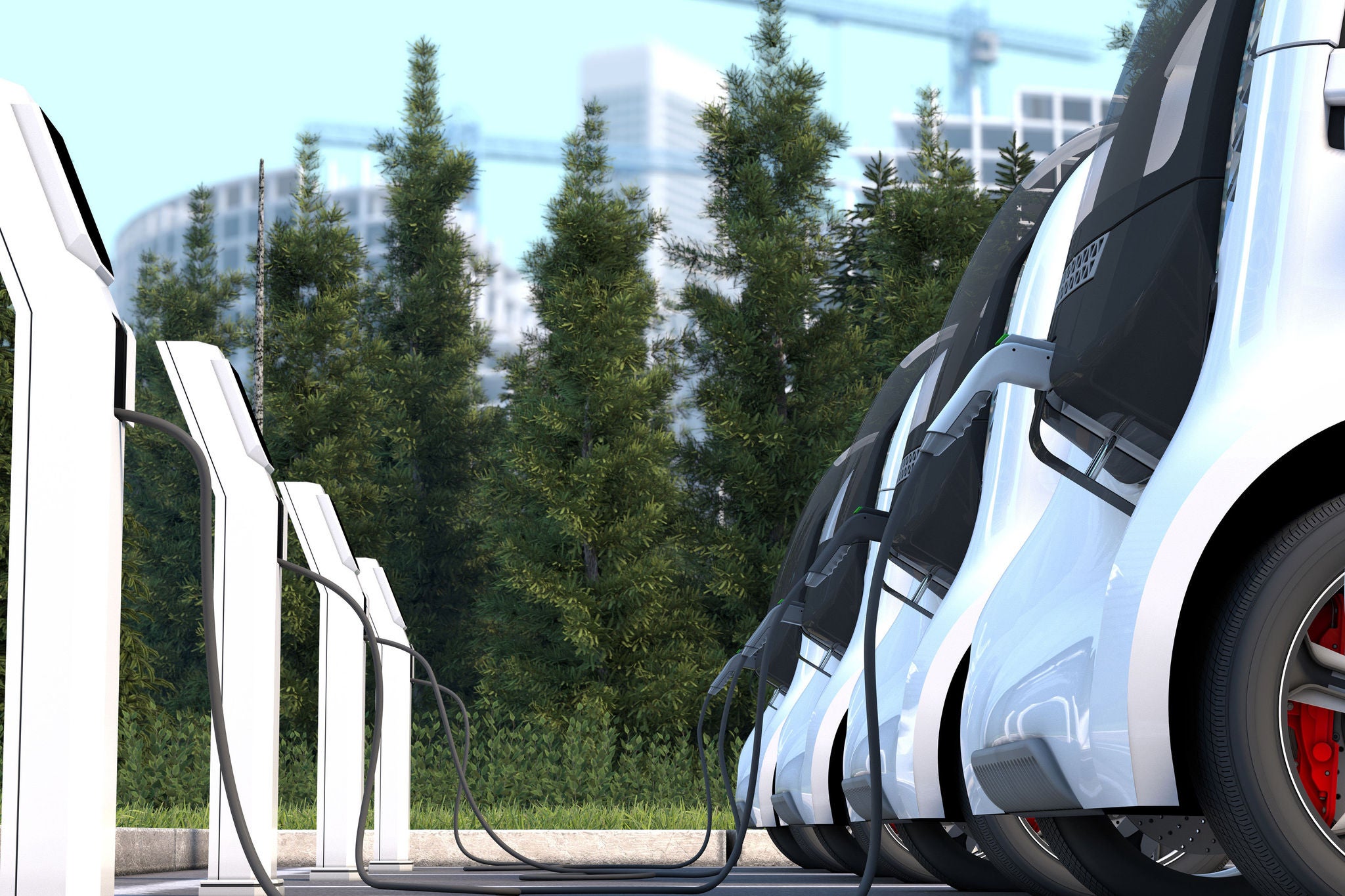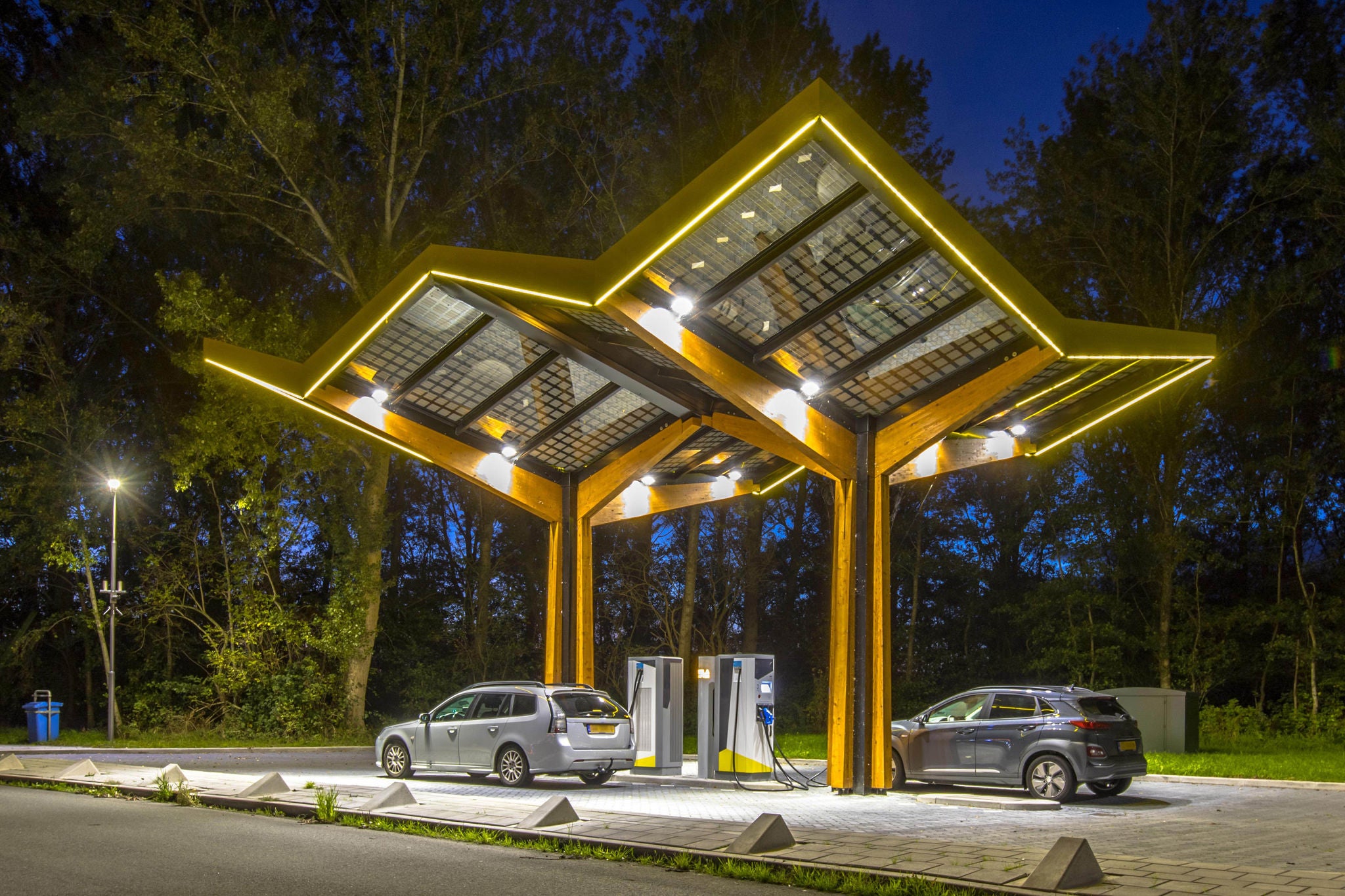EY refers to the global organization, and may refer to one or more, of the member firms of Ernst & Young Global Limited, each of which is a separate legal entity. Ernst & Young Global Limited, a UK company limited by guarantee, does not provide services to clients.
The EY Mobility Consumer Index survey shows faster progress still among buyers, with a marked jump from 29% of consumers in 2021 saying their next car purchase will be an EV to 48% (US) and 52% (Canada). Reasons cited include better performance than internal combustion engine (ICE) vehicles (29% of respondents), high fuel prices, environmental concerns and the continued reduction of EV sticker prices. This is all making adoption more attractive to consumers in a time when currently 22 US states and seven Canadian provinces have EV regulations in place. In the US, the Environmental Protection Agency (EPA) is targeting the electrification of 67% of new passenger vehicles and 25% of heavy goods vehicles by 2032, and, in Canada, many regions have province-level rebates in place for EV purchases.







